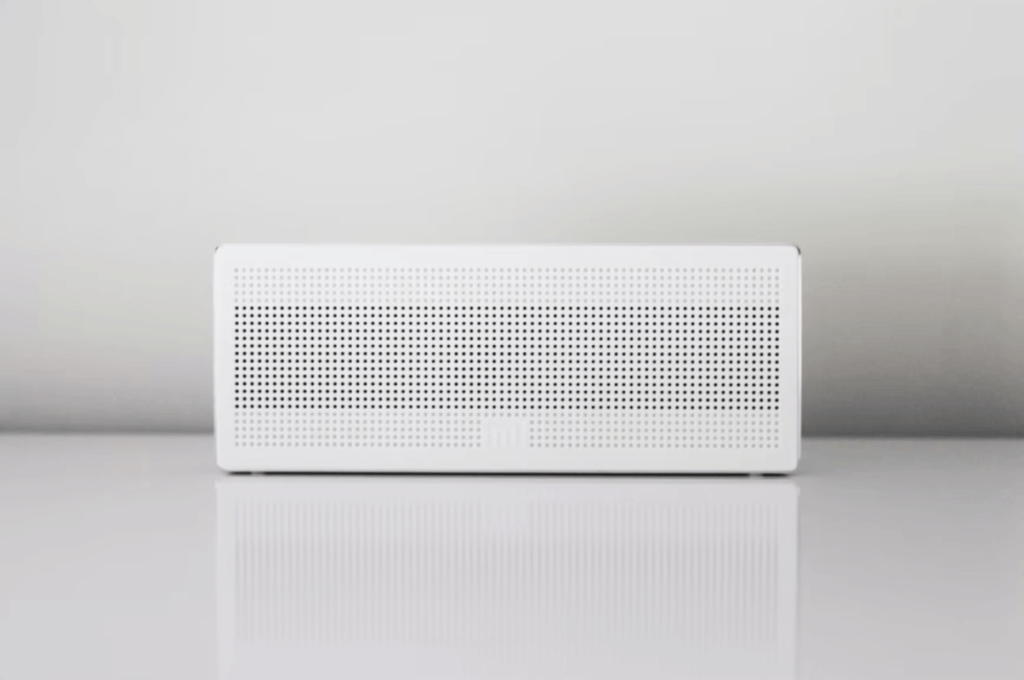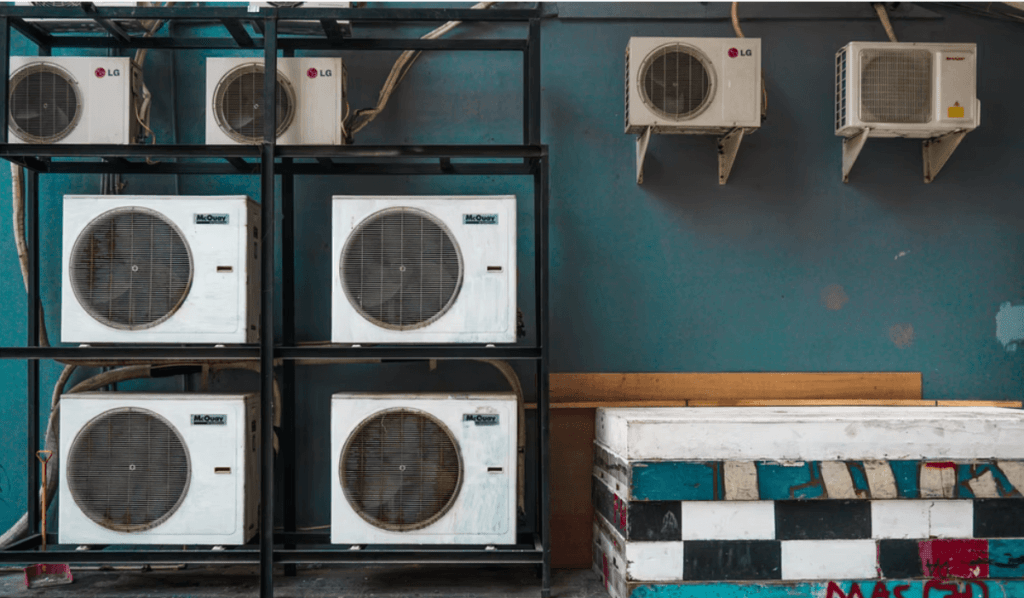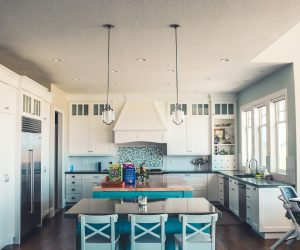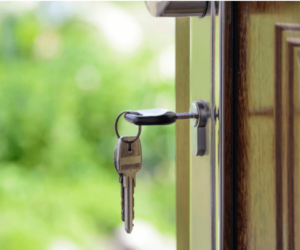For many people, the first thing they think of when it comes to installing a heating and cooling system is how much it’ll cost. Installing a new HVAC system can be an expensive endeavor, but with these 6 steps, you can save money and still get what you need.

Get A Free Energy Audit
A quick and easy way to learn how your home uses or wastes energy is by getting an energy audit. It’s also the first step in figuring out ways you can save money on electricity, fuel oil, natural gas, propane, wood pellets, or other heating sources that may be used within your house. The audit will tell you how much energy is used by different appliances and equipment in your houses, such as heating and cooling systems. It’ll also give specific advice on how to save energy or money with new furnaces/air conditioner units that are installed.
Find A Trusted Installation Company
Finding the right heating/cooling unit for your home can be challenging—especially because many people may not have enough room to install a traditional air conditioning unit. If you’re looking for an efficient and environmentally-friendly way to cool down, consider getting a geothermal system installed by a reputable company that knows how to work with these systems. While you may not be able to get a geothermal system at the moment, there are lots of other efficient heating and cooling solutions available that can help lower your energy costs over time. If you’re living in the Las Vegas area, try searching for “A/C services in Las Vegas” on Google (or whichever search engine you use) to find a reputable company in your area. You should also ask for customer references, so you can find out what other homeowners think about the company’s services and products before making a final decision on which one to use.
Find Your Home’s Air Leaks
You want to make sure you prioritize the places in your house where cool or warm air can easily escape. The most likely spots are around windows and doors, along with any cracks on exterior walls. If there is no insulation, look for small areas of light shining through from outside. You might also want to look into installing insulation around radiators or water heaters.
A simple way to check for air leaks is by using a smoke pencil, similar to the ones used in chimneys. The smoke will show you where warm and cool air escapes from your home. You can also use the ‘hand test’: if it feels cold at the end of your fingers when you hold them between an open window and curtain, there’s a good chance that air is escaping. You can also use household items like incense sticks to test for airflow around doors or windows. You should notice some movement in the smoke if there are any leaks.
Know Your Options
Heating and cooling your home can be expensive, especially if you use electricity instead of fuel oil or natural gas. When it comes to finding the right heating/cooling system for your house, there are lots of options to choose from. One option is an air conditioning unit that uses water instead of Freon-based chemicals (which are suspected to damage the ozone layer). Other options include geothermal heating and cooling.
Geothermal systems use water or antifreeze instead of Freon-based coolants, which reduce chemical emissions significantly when compared with traditional air conditioning units. The temperature is controlled by circulating fluid in underground loops that can be several hundred feet long per ton of cooling. Geothermal systems may be more expensive than traditional air conditioning units, but their energy efficiency and environmental benefits make them worth the money in most cases. Geothermal heating can also take advantage of existing water lines throughout your house for hot water needs—which eliminates the need to install additional gas or electric lines just for a geothermal unit.
Choose A Unit That’s Right For Your House
When choosing a heating or cooling unit for your house, you should consider what kind of space it is designed to heat/cool. If you have more than one level in the home, make sure that your chosen system can handle both levels without issue—multi-zone units are available for this purpose.
When you’re choosing a heating/cooling system, ensure that it will be effective in your house by figuring out the square footage of each level and multiplying them together to get an estimate of the total area. You should also consider how long your home is likely to stay at its current temperature before needing more heat or cooling power. Remember that a traditional air conditioning unit may not be the best for your house if you live in a place where it’s hot and humid, since these units can become inefficient due to humidity. You might want to try evaporative coolers instead—they don’t require any extra power because they use outside air as their cooling source.
Make The Right Choice And Save Money
Once you find a heating/cooling company that’s reputable and offers the system you want, sit down with them to see if they can provide any discounts or rebates on your purchase. You might be able to save some money by installing multiple units at once instead of going through this process over and over.
Heating and cooling units can be expensive to install—be sure that you take the time to do your research before deciding on a company or system since doing so will help you save money in the long run by receiving lower installation costs from trusted companies.
Trying to get your house’s heating and cooling system working in a way that is going to be best for you can be hard. There are so many different options out there, it makes the process overwhelming. The following article will help with this by providing some excellent tips on how you can design a home heating and cooling system tailored specifically to your needs.



